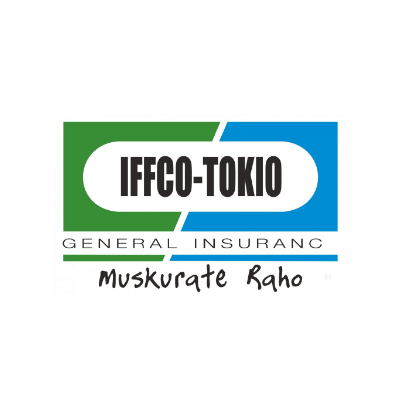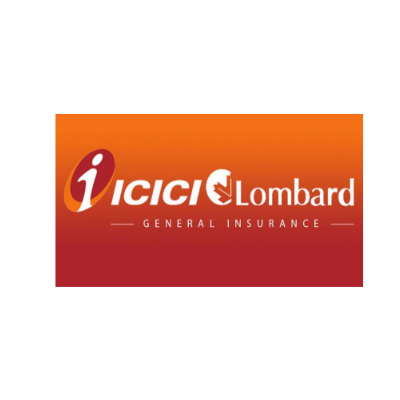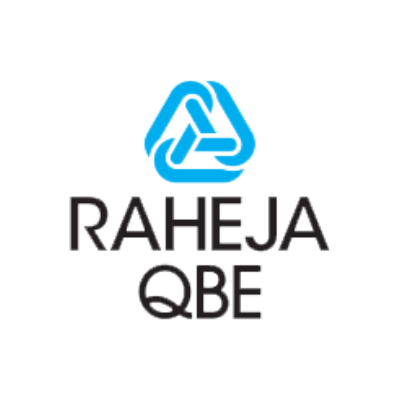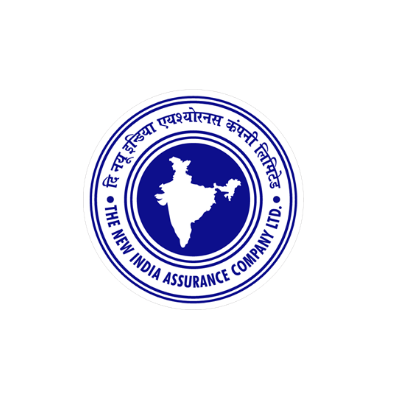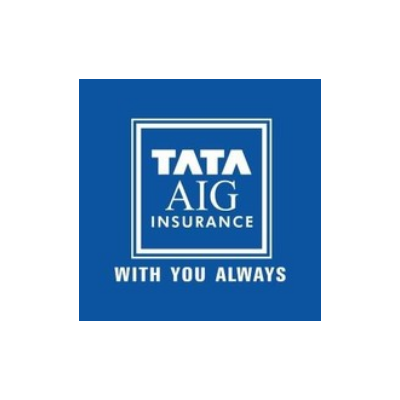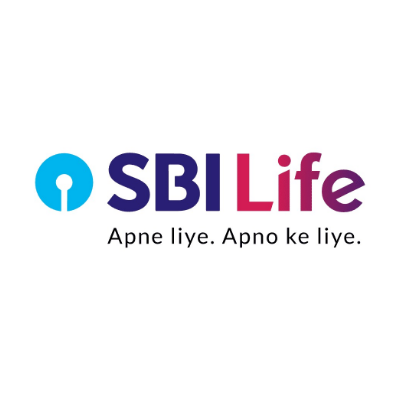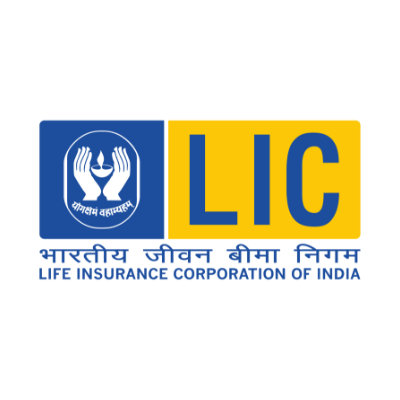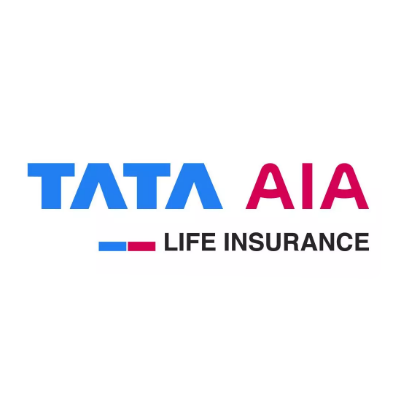GOVERNMENT HEALTH INSURANCE SCHEMES IN INDIA
Every government owes it to its people to make healthcare accessible and cheap for everybody who needs it. And in order to make this feasible, governments introduce a wide range of govt health insurance schemes or government medical insurance schemes, enabling the general public to utilise these resources when they're most needed. To ensure that everyone has access to high-quality healthcare, the Indian government has also introduced a number of health insurance policies with affordable costs and generous benefits.
What Is A Government Health Insurance Scheme?
A health insurance plan sponsored by a state or the federal government is known as a government health insurance scheme. Such govt health insurance schemes attempt to improve healthcare services across social strata and provide affordable health insurance to the average person.
List Of Government Health Insurance Programs in India
Let's look at the 16 different government health insurance plans that are now offered in India-
1. Aam Aadmi Bima Yojana (AABY)
Low-income people can receive payments under the Aam Aadmi Bima Yojana in the event of death or incapacity. The programme is intended for individuals who engage in 48 distinct professions, including carpentry, handloom weaving, fishing, cobblers, auto drivers, etc.The plan offers an insured payout of Rs. 30,000 upon natural death and Rs. 75,000 upon accidental death in exchange for an annual premium of Rs. 300. Under this programme, only the breadwinner or head of the household may be insured.
2. Awaz Health Insurance Scheme
In the state of Kerala, the Awaz Health Insurance Scheme was launched with migrant workers in mind. It provides workers in Kerala with a health insurance plan with Rs. 15,000 insured benefits. Additionally, it offers a Rs. 2 lakh death benefit in the event that the policyholder passes away. Workers between the ages of 18 and 60 can purchase the coverage, and following proper verification, they will receive an Awaz Health Insurance Card.
3. Center for Governmental Health Programs (CGHS)
An example of a health programme offered by the Central Government of India is the Central Government Health Scheme. Only those working for the Central Government are eligible for this policy. Judges of the Supreme Court and staff of the Central Railway Board are a few examples. The CGHS programme, which has been in place for more than 60 years, pays policyholders' hospitalisation costs. This programme also includes coverage for complementary therapies like ayurveda and homoeopathy.
4. The Ayushman Bharat Program
The Ayushman Bharat Scheme is a health insurance programme created to integrate India's fragmented healthcare industry. Health and Wellness Centers (HWC) and the Pradhan Mantri Jan Arogya Yojana are its two main parts (PM-JAY).
The Primary Healthcare Centers are designed to be improved versions of the Health and Wellness Centres. A family's total assured under the PMJAY health insurance plan is Rs. 5 lakhs, with a monthly fee of Rs. 30.
5. The Chief Minister's Comprehensive Insurance Program (CMCHIS)
The Tamil Nadu state government has promoted this state-run programme for residents who make less than 75,000 rupees per year. This programme allows you to claim medical expenses up to Rs. 5 lakhs, and it includes both government and private facilities. In essence, the government, along with the United India Insurance Company, is offering a family floater plan.
6. Bhamashah Swasthya Bima Yojana (BSBY)
The BSBY scheme is an insurance programme that has been introduced by the Rajasthan government. Through cashless claims, it covers both routine and serious illnesses' hospitalisation bills. This programme covers both inpatient and outpatient expenditures and is available to people of all ages.
7. Program for Employees' State Insurance (ESIS)
Millions of Indians were working in factories after India gained its independence. Numerous accidents and fatalities occur at these factories during this time due to the working environment. In order to give employees financial security in the event of illness, disability, or death, the Employees State Insurance was created in 1952.
8. Mukhyamantri Amrutam Yojana
For the benefit of the state's needy, the Gujarat government launched the MukhyamantriAmrutam Yojana in 2012. Those who fall below the poverty line and families from lower middle class are eligible for the programme.
This programme essentially offers up to Rs. 3 lakhs in coverage for each family under a family floater health insurance plan. The insured can receive care in trust-run hospitals, government hospitals, and private hospitals.
9. Karunya Health Scheme
The Karunya Health Scheme is a government healthcare initiative in Kerala, India, offering financial aid to those in need of medical treatment for serious illnesses. Launched in 2012, it aims to provide financial support to below-poverty-line families and those facing catastrophic health expenses. Under this scheme, beneficiaries receive financial assistance for surgeries, treatments, and hospitalization expenses. It alleviates the burden of medical costs for economically disadvantaged individuals, ensuring access to quality healthcare. Karunya Health Scheme underscores the government's commitment to equitable healthcare and social welfare, promoting well-being and healthcare accessibility for all.
10. Employees and Journalists Health Scheme of the Telangana State Government (EJHS)
The Telangana government has made this specific programme available for the use of its employees and journalists. Both retired and pensioned government workers and current employees may use the health programme, which is a cashless insurance programme.
11. Pradhan Mantri Suraksha Bima Yojana (PMSBY)
After it was shown that just 20% of Indians have accident insurance, this policy was introduced in 2016. Anyone who has a bank account and is between the ages of 18 and 70 is eligible for this policy.
For partial disabilities, this programme offers an assured value of Rs. 1 lakh, and for entire disabilities and accidental death, it offers an assured sum of Rs. 2 lakhs. The annual cost for this plan is 12 rupees, and auto-debiting from a bank account is an option.
12. Universal Health Insurance Program (UHIS)
The Indian government created this programme to offer families and people living in poverty access to universal healthcare. Its purpose was to provide these people with access to universal healthcare.
The programme covers hospitalisation, accidents, and disability for qualified individuals between the ages of 5 and 70. Using this approach, insurance plans for both individuals and groups can be obtained.
13. Rashtriya Swasthya Bima Yojana (RSBY)
The Indian government established the RashtriyaSwasthyaBima Yojana to guarantee that those employed in the unorganised sector, such as labourers and workers, have access to a quality healthcare programme. The majority of them lack insurance, therefore in the event of hospitalisation, they would be responsible for all costs.The Ministry of Labour and Employment introduced the programme that provides coverage for labourers and their families to assist them in getting quality healthcare.
14. West Bengal Health Scheme (WBHS)
The West Bengal government announced the programme in 2008 with the intention of offering healthcare to public servants and retirees.
With an insured amount of Rs. 1 lakh, it covers both individuals and their families. OPD and surgeries are covered, however non-emergency and cosmetic procedures are not covered.
15. Mahatma Jyotiba Phule Jan Arogya Yojana
Mahatma Jyotiba Phule Jan Arogya Yojana is a healthcare scheme in Maharashtra, India, offering cashless medical insurance coverage to economically vulnerable families. Launched in 2012, it aims to provide financial protection against high medical expenses by covering hospitalisation costs up to Rs. 1.5 lakh per family per year. Beneficiaries can access quality healthcare services at empanelled hospitals across Maharashtra. The scheme prioritises accessibility and affordability, ensuring equitable healthcare for all, especially marginalised communities. It stands as a testament to the commitment towards universal health coverage and social welfare in the state.
16. The Yeshasvini Health Insurance Program
In order to provide healthcare to farmers and peasants connected to cooperative societies, the Karnataka government created the Yeshasvini Health Insurance Scheme. This policy covers up to 800 medical treatments, such as orthopaedics, angioplasty, neurology, etc.Policyholders and their families may use network hospitals to access the plan's benefits.
Top Qualities and Advantages of Government Health Insurance Schemes In India
- Schemes offer a big benefit for incredibly modest premiums.
- Assures that those who live in poverty have access to a healthcare system.
- Encourages people in low-income groups to purchase health insurance.
Conclusion
Governments everywhere strive to offer their citizens high-quality healthcare. The government engages in beneficial actions for the welfare of the populace through promoting health insurance, guaranteeing a robust infrastructure, and raising awareness of health-related concerns. The Indian government occasionally takes similar actions. Read to learn more about India's government health insurance programmes. As a result, the government provides those who are below the poverty line with a wide range of health insurance options. They can take advantage of these plans and use them for their health's benefit.
FAQs - Frequently Asked Questions
Q1. Anyone is able to purchase government health insurance plans.
Different plans have various requirements for eligibility. You can review the requirements for the plan, including the documentation needed, and then decide.
Q2 Do all government initiatives come from the Central Government?
Not all initiatives for programmes come from the Central Government. State governments also develop specific government health insurance programmes and Mediclaim policies.
Q3. Can one acquire government health insurance plans online in India?
Even though some government health plans in India allow for direct bank debit, not all of them can be bought online.
Q4. Can a valid Aadhaar serve as identification while applying for government health insurance?
A valid Aadhaar may serve as identification, but in order to participate in the state/national health programme, you must submit the relevant paperwork.
Q5. What are the government health insurance schemes' exclusions?
In general, government insurance plans do not cover cosmetic operations. It is important to thoroughly examine the relevant policy wordings to understand the exceptions and benefits of the health insurance plan since different plans may have different exclusions.











